Congo Square
 Monday, January 25, 2016 at 11:05PM
Monday, January 25, 2016 at 11:05PM 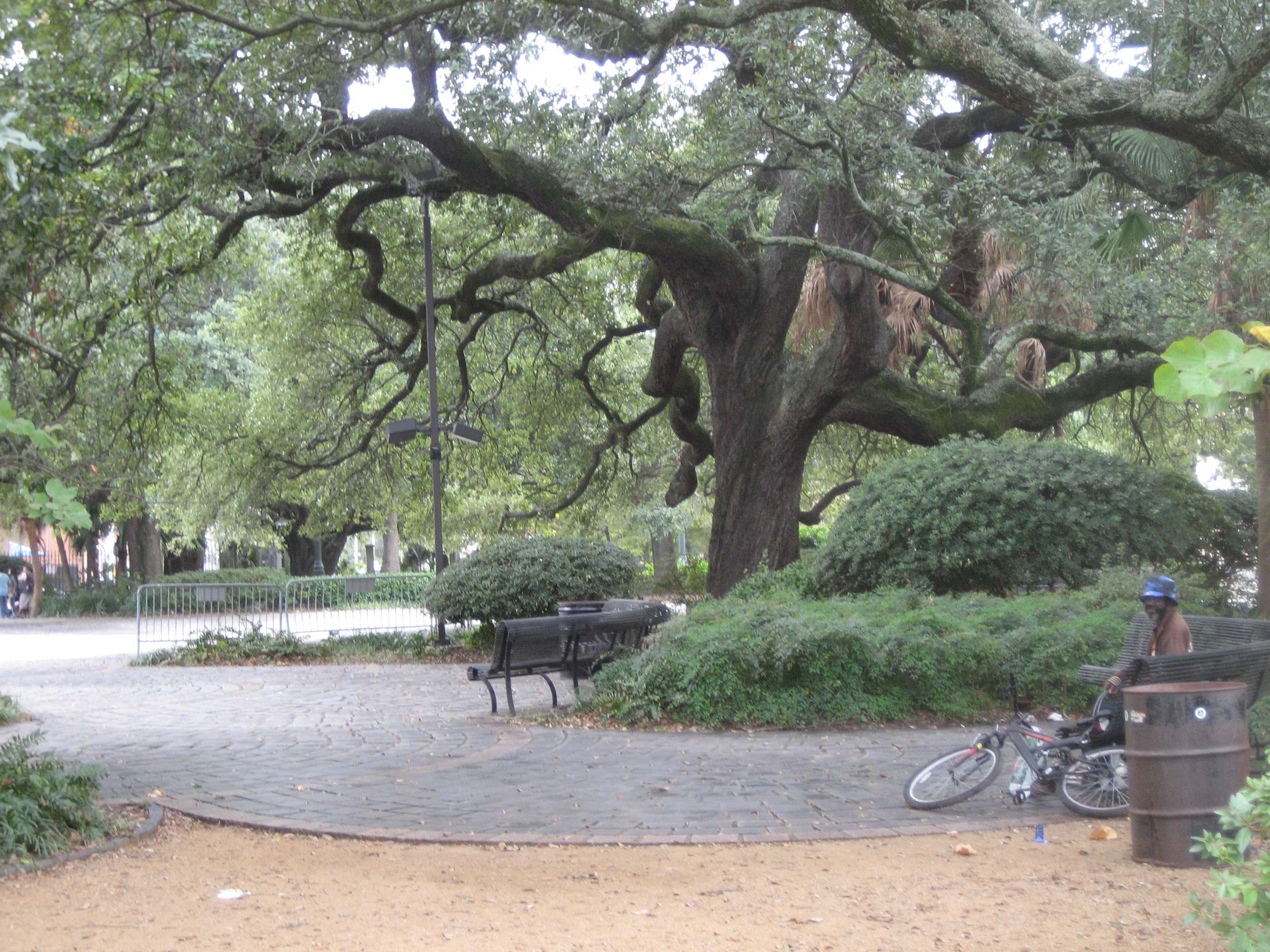 Congo SquareIn 1724, when New Orleans was ruled by France, the Code Noir became law throughout Louisiana. The Code Noir established Sunday as the day that all inhabitants could take the day off each week, thus extending to enslaved Africans the privilege. This right continued under Spanish and American rule of New Orleans. The day became known as “free day” and Africans and their descendants gathered on Sunday afternoons in numerous locations in the city. However, in 1817 a city ordinance confined free and enslaved Africans to one gathering place. That place was a public space in the “back of town” known as Congo Square.
Congo SquareIn 1724, when New Orleans was ruled by France, the Code Noir became law throughout Louisiana. The Code Noir established Sunday as the day that all inhabitants could take the day off each week, thus extending to enslaved Africans the privilege. This right continued under Spanish and American rule of New Orleans. The day became known as “free day” and Africans and their descendants gathered on Sunday afternoons in numerous locations in the city. However, in 1817 a city ordinance confined free and enslaved Africans to one gathering place. That place was a public space in the “back of town” known as Congo Square.
A person by the name of Henry Knight visited New Orleans in 1819 and wrote that Africans met in Congo Square on the Sabbath and “rocked the city with their Congo dances.”[1] At times over 500 people gathered in the Square and danced, drummed, clapped, and sang in traditional African celebrations. Apparently Sundays were quite noisy in New Orleans on Sundays, though “noise” might not be the correct word. These celebrations continued until ten years before the city was occupied during the Civil War. Africans and then their descendent met at Congo Square, participated in African religious rituals, sang in their own languages (of course), and played musical instruments from their home lands. In time influences from Haiti and Cuba melded with African traditions and musical styles evolved until one could recognize a particular New Orleans style. If you are looking for the origins of New Orleans jazz, many insist you must go back to Congo Square to find it. The square was also the site of African markets where people bought and sold items they gathered, hunted and made. The square will forever be associated with African Heritage and culture in New Orleans[2].
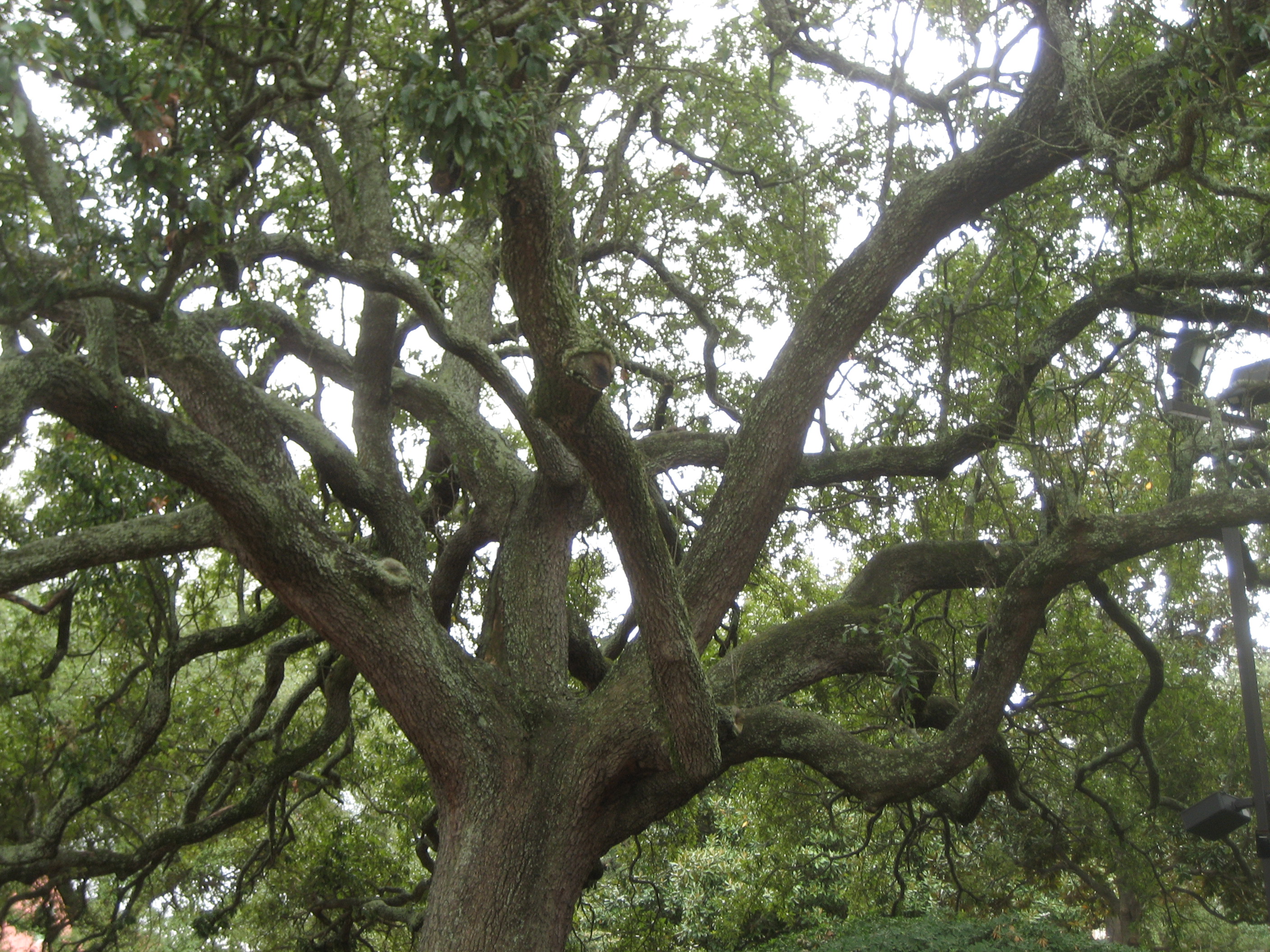 Congo SquareCongo Square is still there, now part of Louis Armstrong Park, 32 acre area in Treme which also includes the Mahalia Jackson Theater for the Performing Arts, the New Orleans Municipal Auditorium and part of the New Orleans Jazz National Historical Park. I find Armstrong Park to be a very pleasant place to visit, and have been there during a jazz festival which included some great food. However, I have been told while sitting in the Treme Coffeehouse that the building of the park was quite controversial and included the removal of houses that had been homes to people in Treme for generations. Also, the park is surrounded by a large fence that is locked in the evening thus making it unusable for local people who work during the day.
Congo SquareCongo Square is still there, now part of Louis Armstrong Park, 32 acre area in Treme which also includes the Mahalia Jackson Theater for the Performing Arts, the New Orleans Municipal Auditorium and part of the New Orleans Jazz National Historical Park. I find Armstrong Park to be a very pleasant place to visit, and have been there during a jazz festival which included some great food. However, I have been told while sitting in the Treme Coffeehouse that the building of the park was quite controversial and included the removal of houses that had been homes to people in Treme for generations. Also, the park is surrounded by a large fence that is locked in the evening thus making it unusable for local people who work during the day.
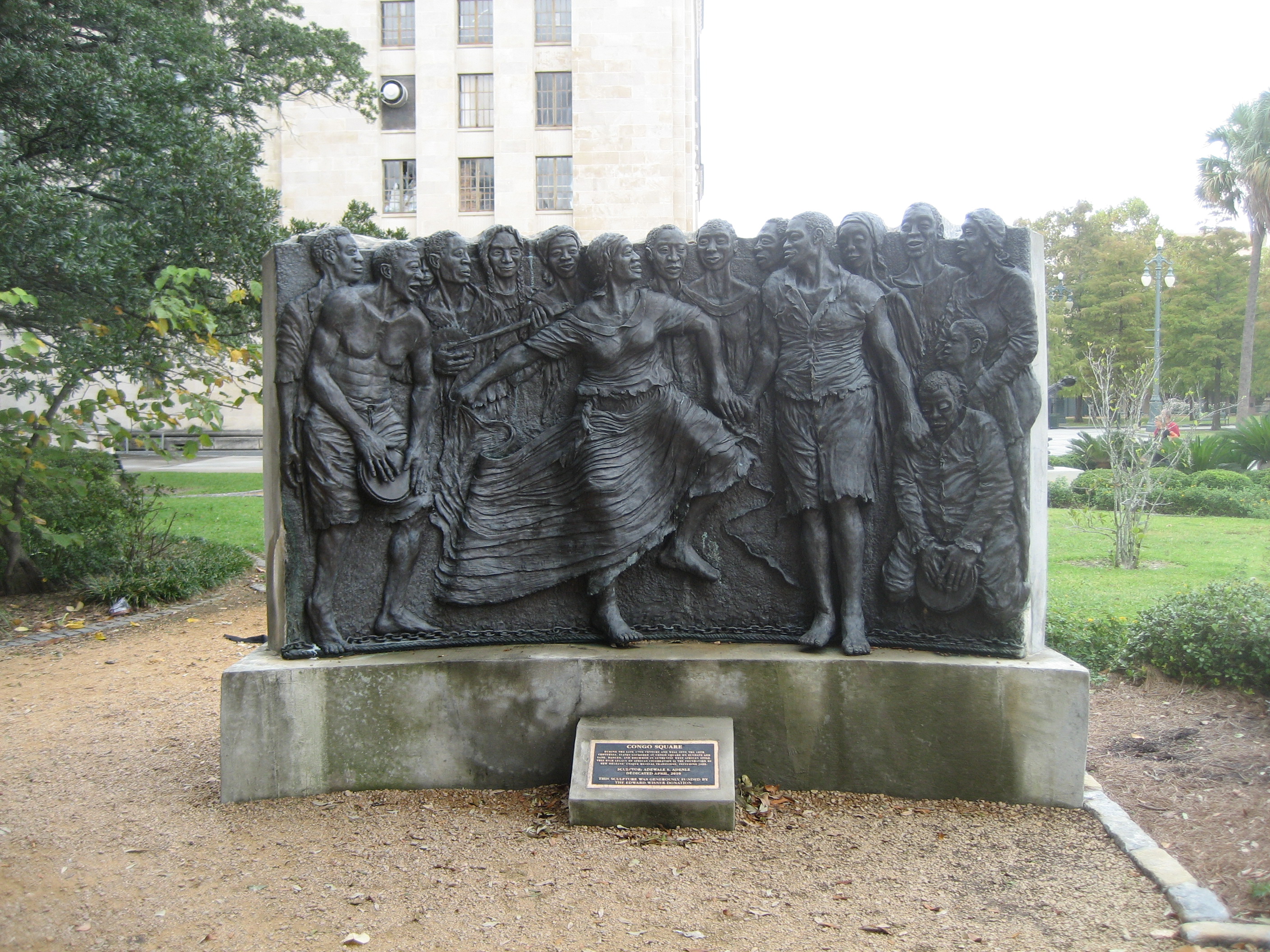 Congo SquareWhen I have visited the park, I was never sure where Congo Square begins and ends, but was certain when I was standing in the Square itself. Today there are two huge and beautiful Sycamore trees in the Square. I did my best to find out if the those two tress were present when enslaved and later free Africans gathered, sang, danced, and worshipped in the Square. No one seemed to know, which probably means I didn’t ask the right person or read the right source. However, I did discover that Sycamore trees can live from two to four hundred years, so I like to think they were there. More than once I have stood under the trees and tried to imagine a Sunday afternoon and evening a long time ago. I was not very good at traveling back in time and “feeling” the presence of the gatherings. It is not that I am incapable of having transcending experiences when the linear nature time dissolves and for a brief moment you find yourself existing out of time.[3] It has happened to me on a square in Newcastle upon Tyne, England and at a supermarket in California. It has happened to me on a small boat on the Ganges and sitting on a mountaintop at dusk in Montana. It almost happened to me while walking in the “slave holes” in the slave castle at Cape Coast, Ghana. But it did not happen to me standing in the dust of Congo Square. I have wondered if my inability to transcend time in Congo Square has something to do with the fact that my people were the slavers, not the slaves. Perhaps. But I must say, however, that Congo Square did not make me feel unwelcome.
Congo SquareWhen I have visited the park, I was never sure where Congo Square begins and ends, but was certain when I was standing in the Square itself. Today there are two huge and beautiful Sycamore trees in the Square. I did my best to find out if the those two tress were present when enslaved and later free Africans gathered, sang, danced, and worshipped in the Square. No one seemed to know, which probably means I didn’t ask the right person or read the right source. However, I did discover that Sycamore trees can live from two to four hundred years, so I like to think they were there. More than once I have stood under the trees and tried to imagine a Sunday afternoon and evening a long time ago. I was not very good at traveling back in time and “feeling” the presence of the gatherings. It is not that I am incapable of having transcending experiences when the linear nature time dissolves and for a brief moment you find yourself existing out of time.[3] It has happened to me on a square in Newcastle upon Tyne, England and at a supermarket in California. It has happened to me on a small boat on the Ganges and sitting on a mountaintop at dusk in Montana. It almost happened to me while walking in the “slave holes” in the slave castle at Cape Coast, Ghana. But it did not happen to me standing in the dust of Congo Square. I have wondered if my inability to transcend time in Congo Square has something to do with the fact that my people were the slavers, not the slaves. Perhaps. But I must say, however, that Congo Square did not make me feel unwelcome.
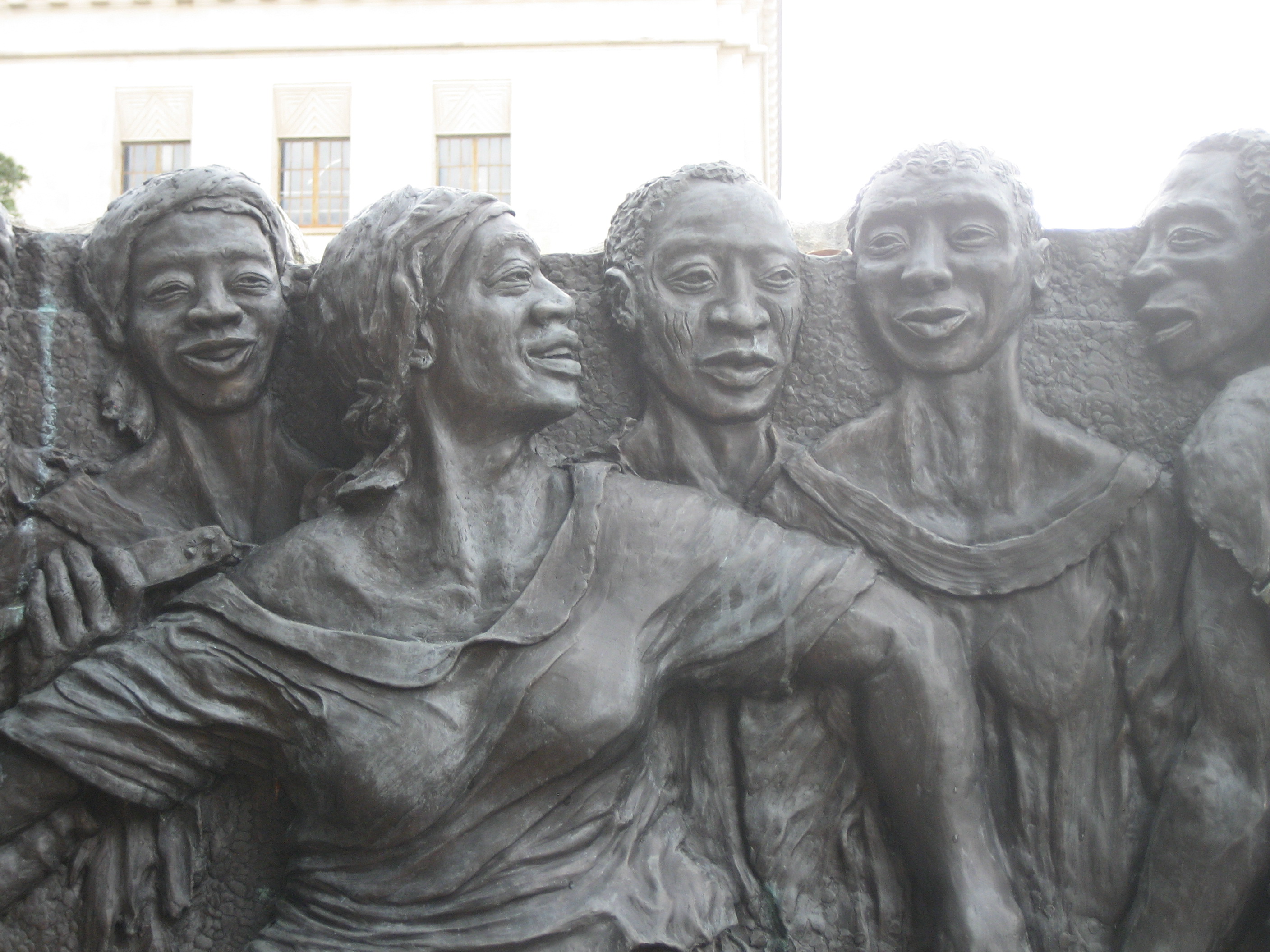 Congo Square
Congo Square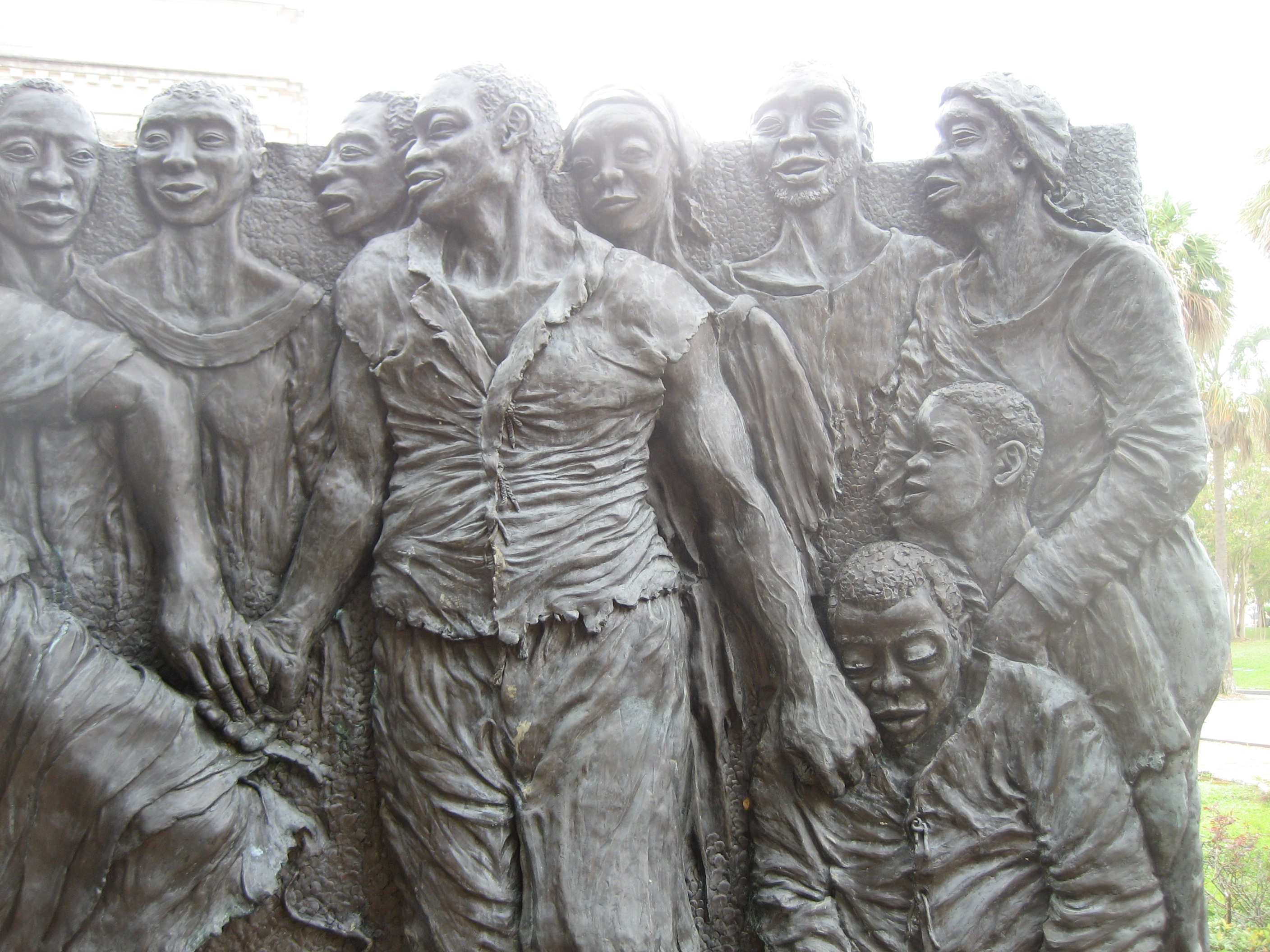 Congo SquareCopyright © 2016 Dale Rominger
Congo SquareCopyright © 2016 Dale Rominger
[1] Anku, Willie. “Principles of Rhythm Integration in African Drumming”, Black Music Research Journal 17, no. 2 (Autumn 1997: 211-238.
[2] If you are interested in reading a good book about Congo Square I recommend: Evans, Freddi Williams. Congo Square: African Roots in New Orleans. University of Louisiana at Lafayette Press: Lafayette, 2011.
[3] Of course I realize that “a moment” is in time, but I don’t know how else to say it.
Reader Comments